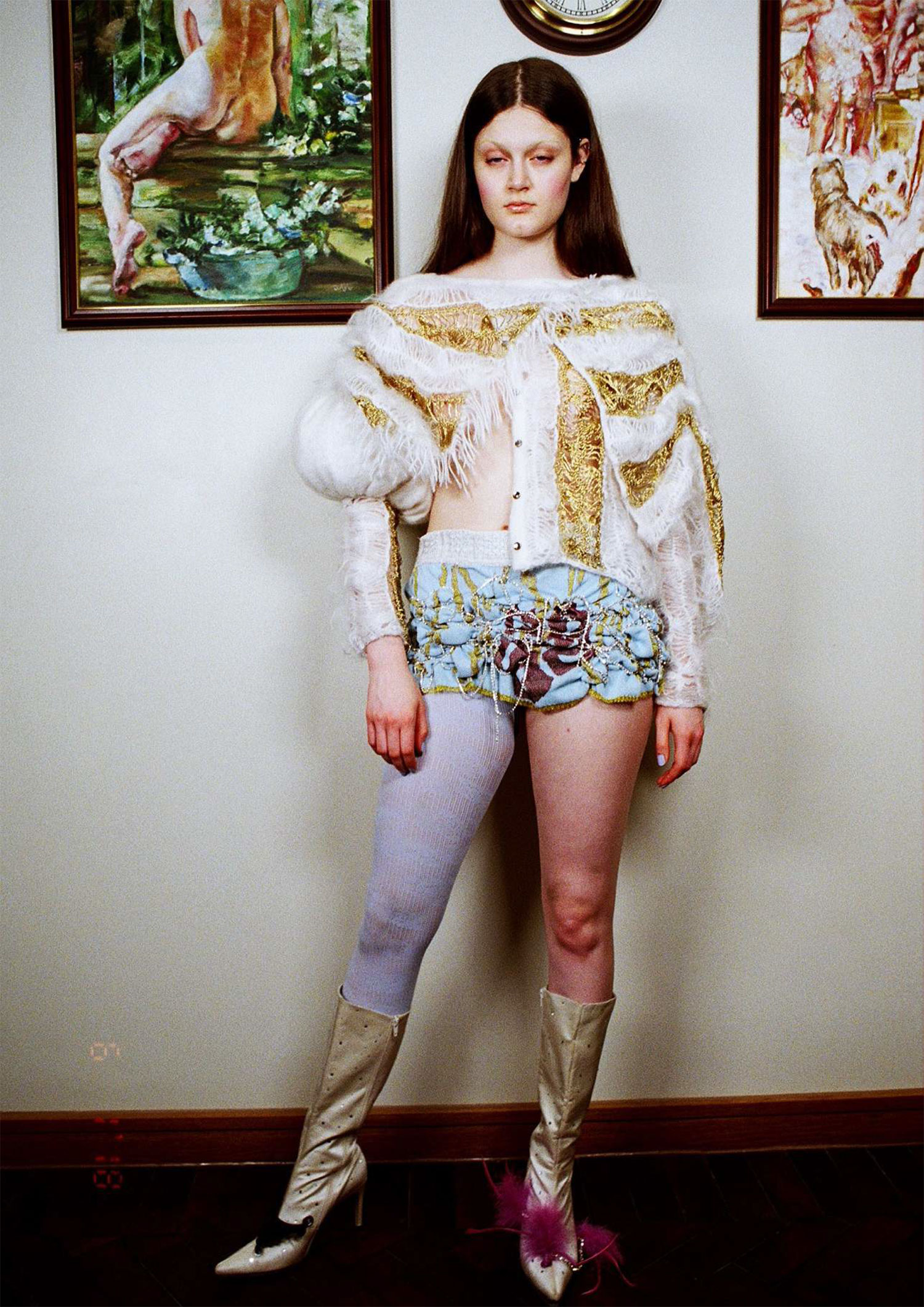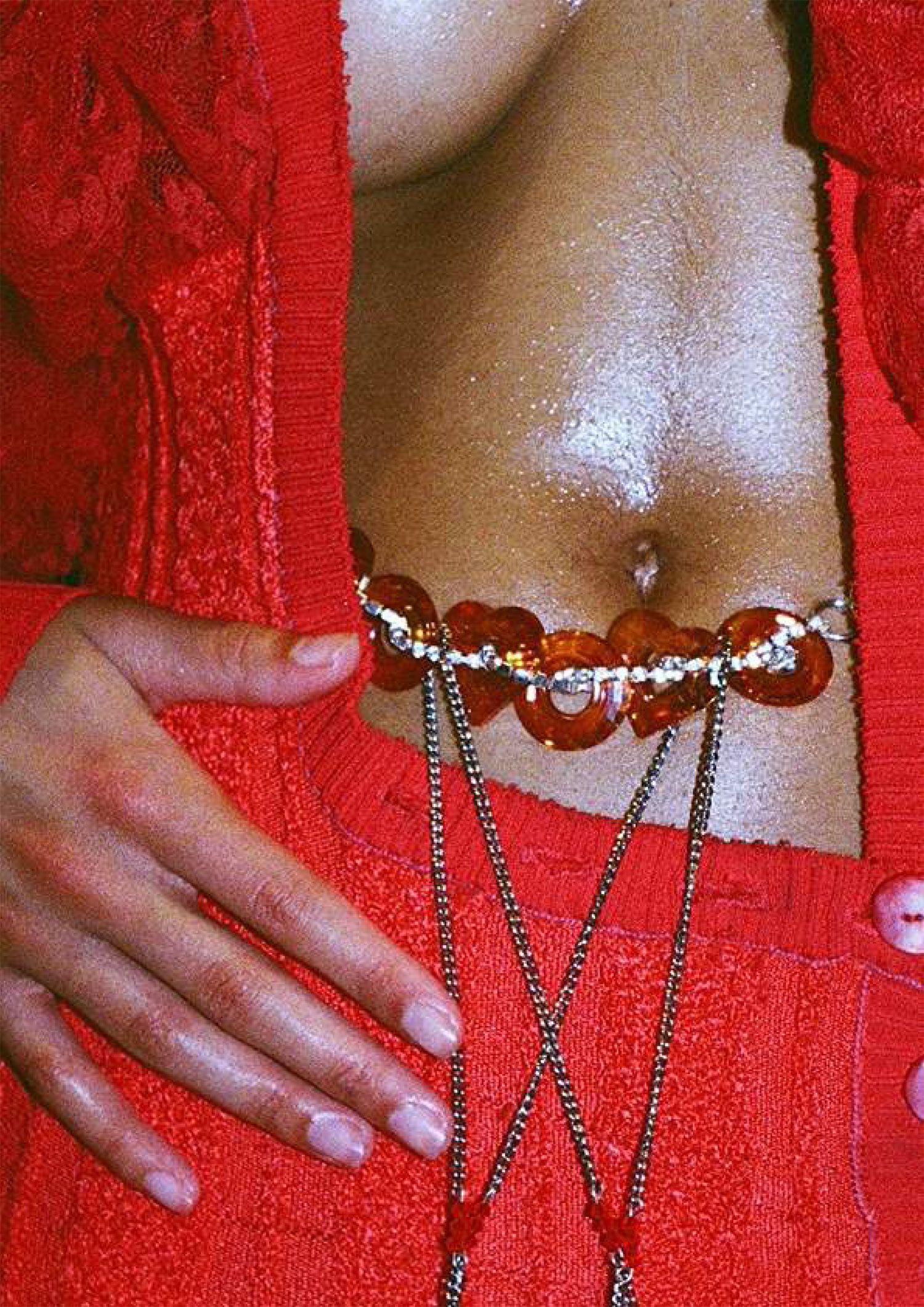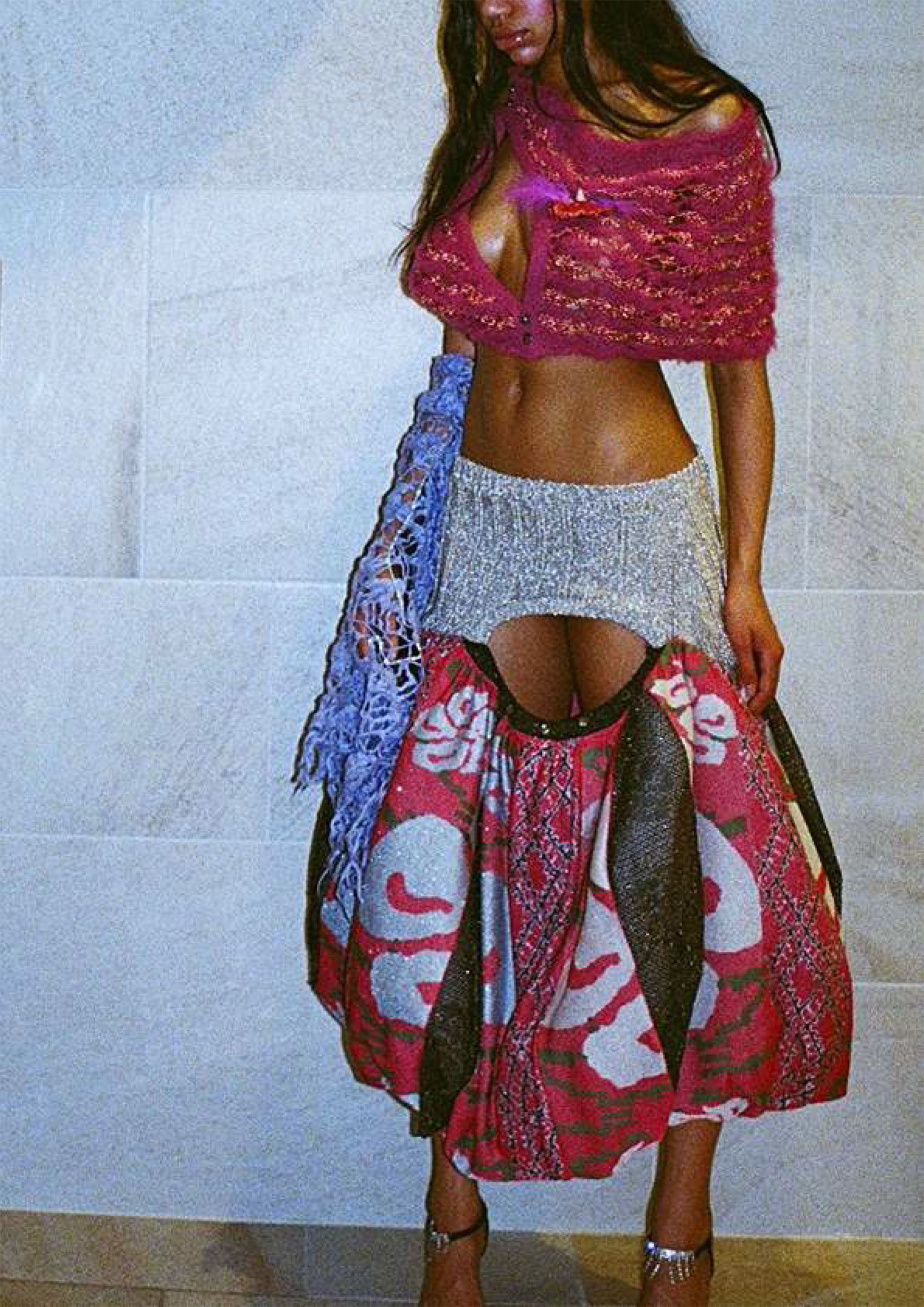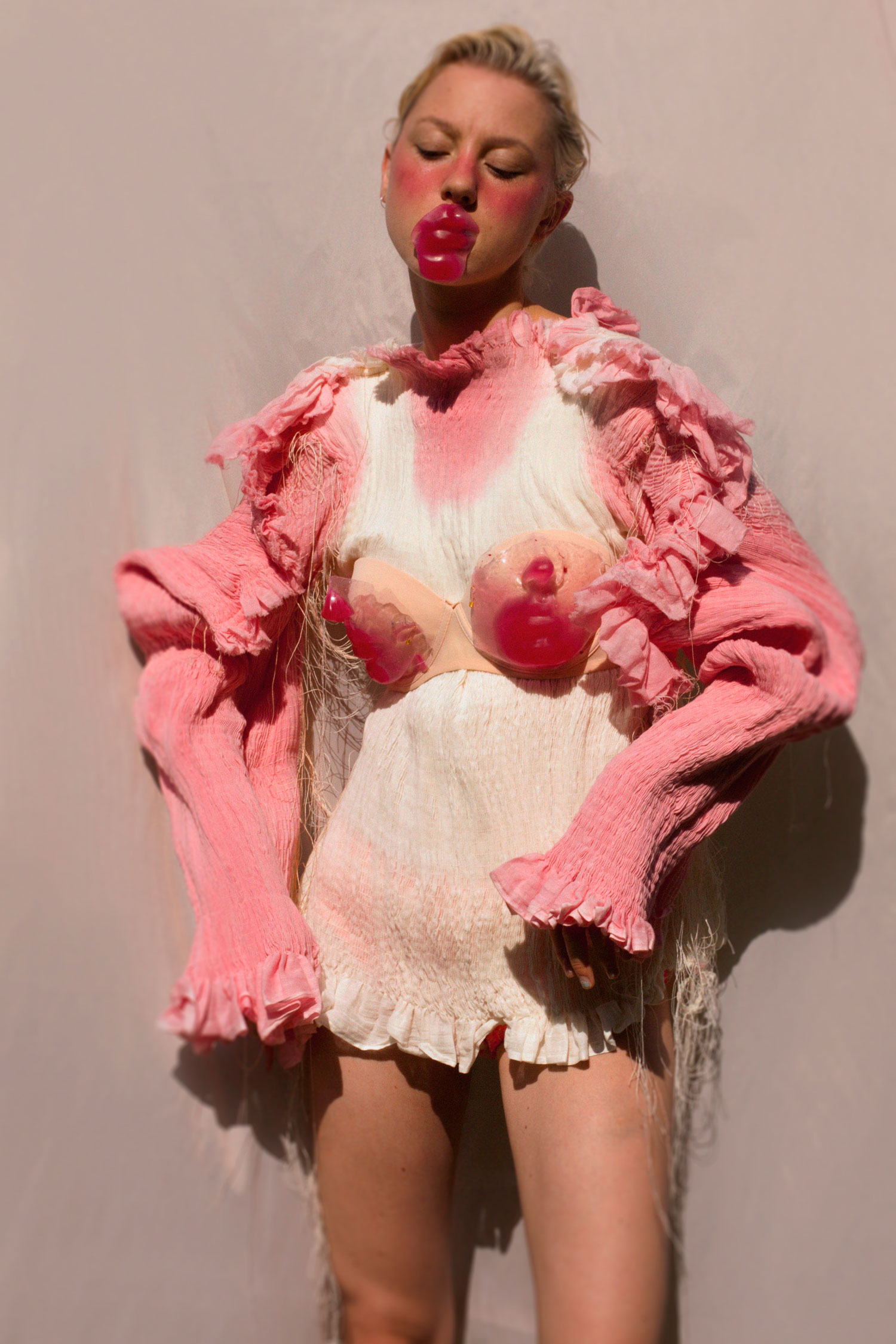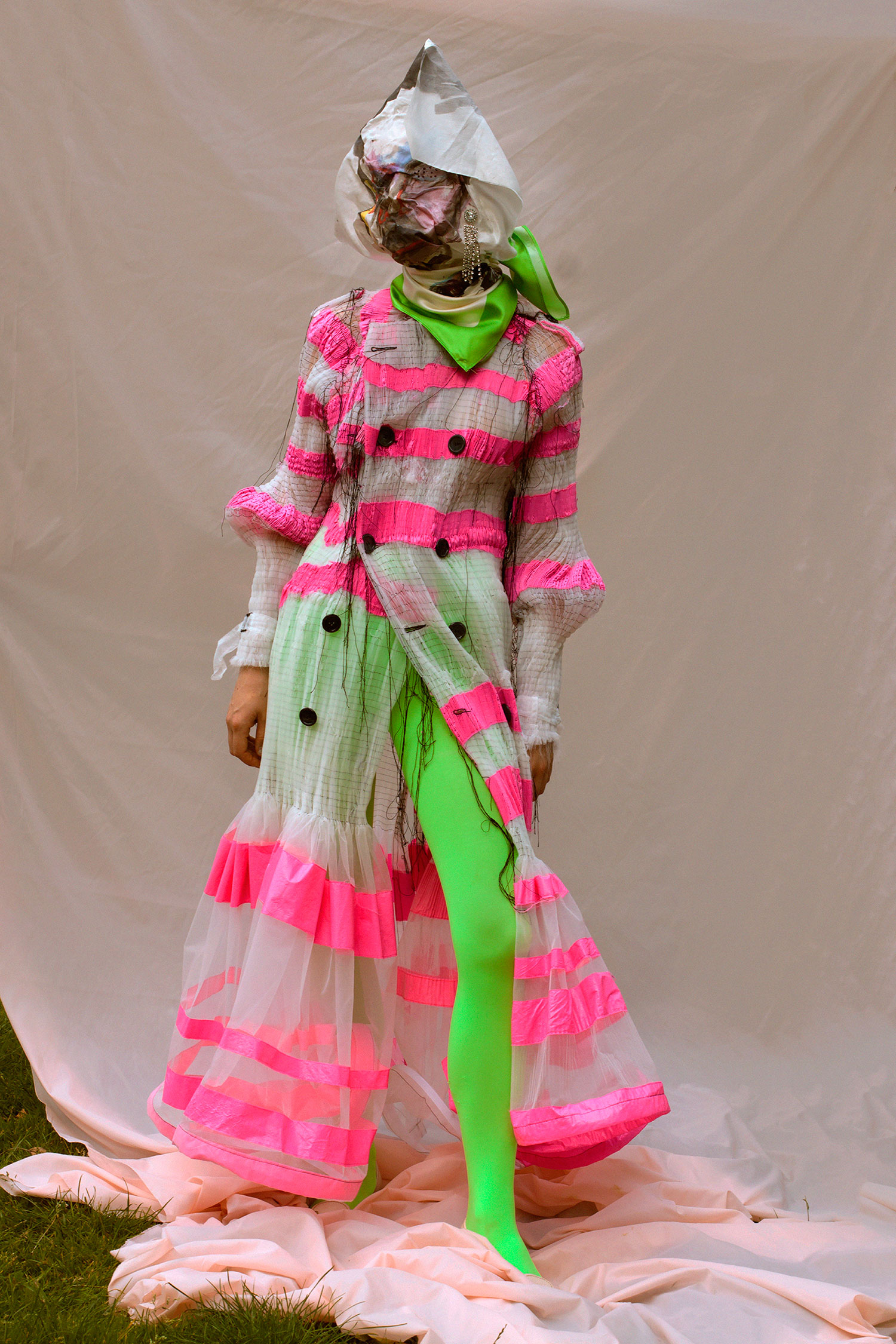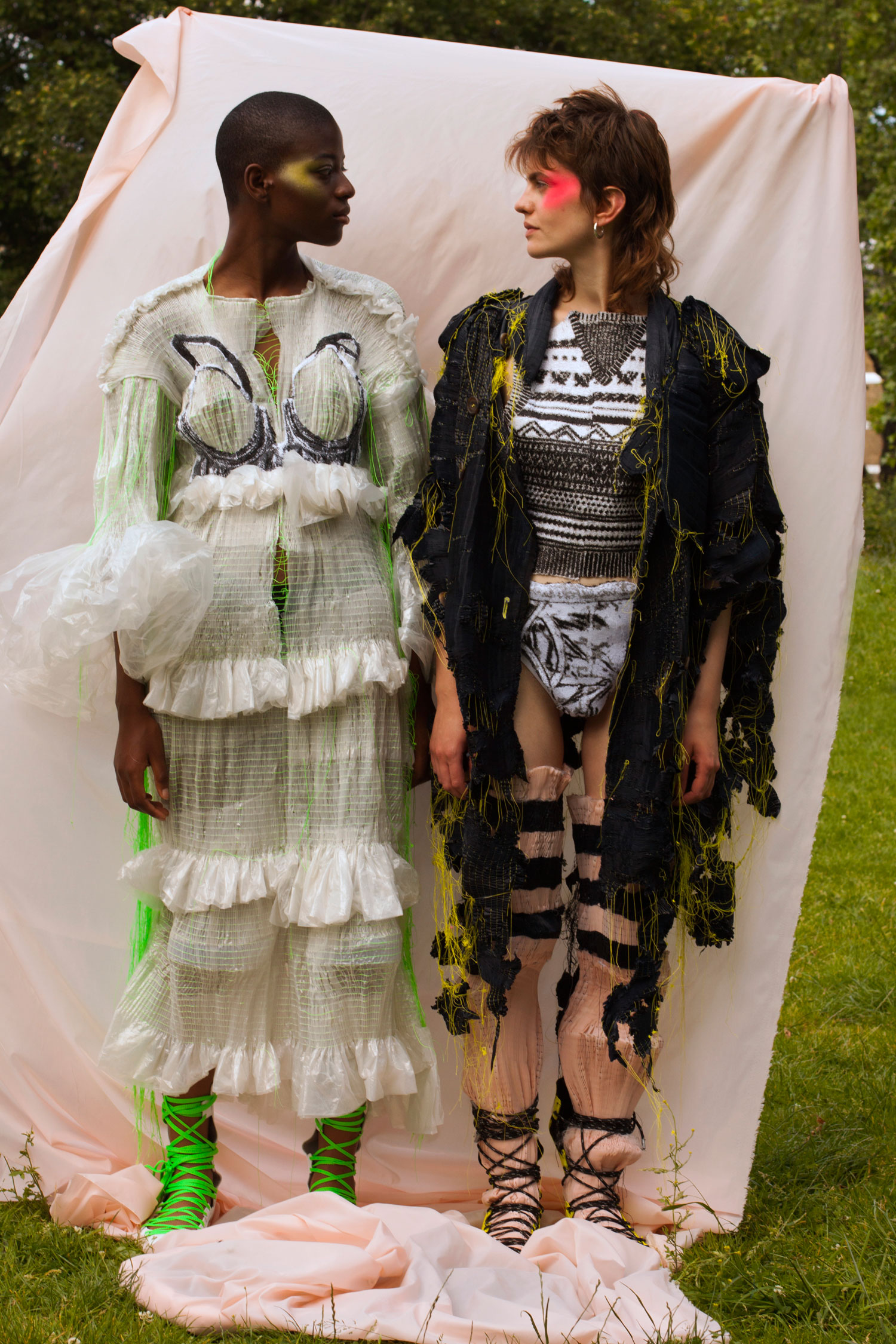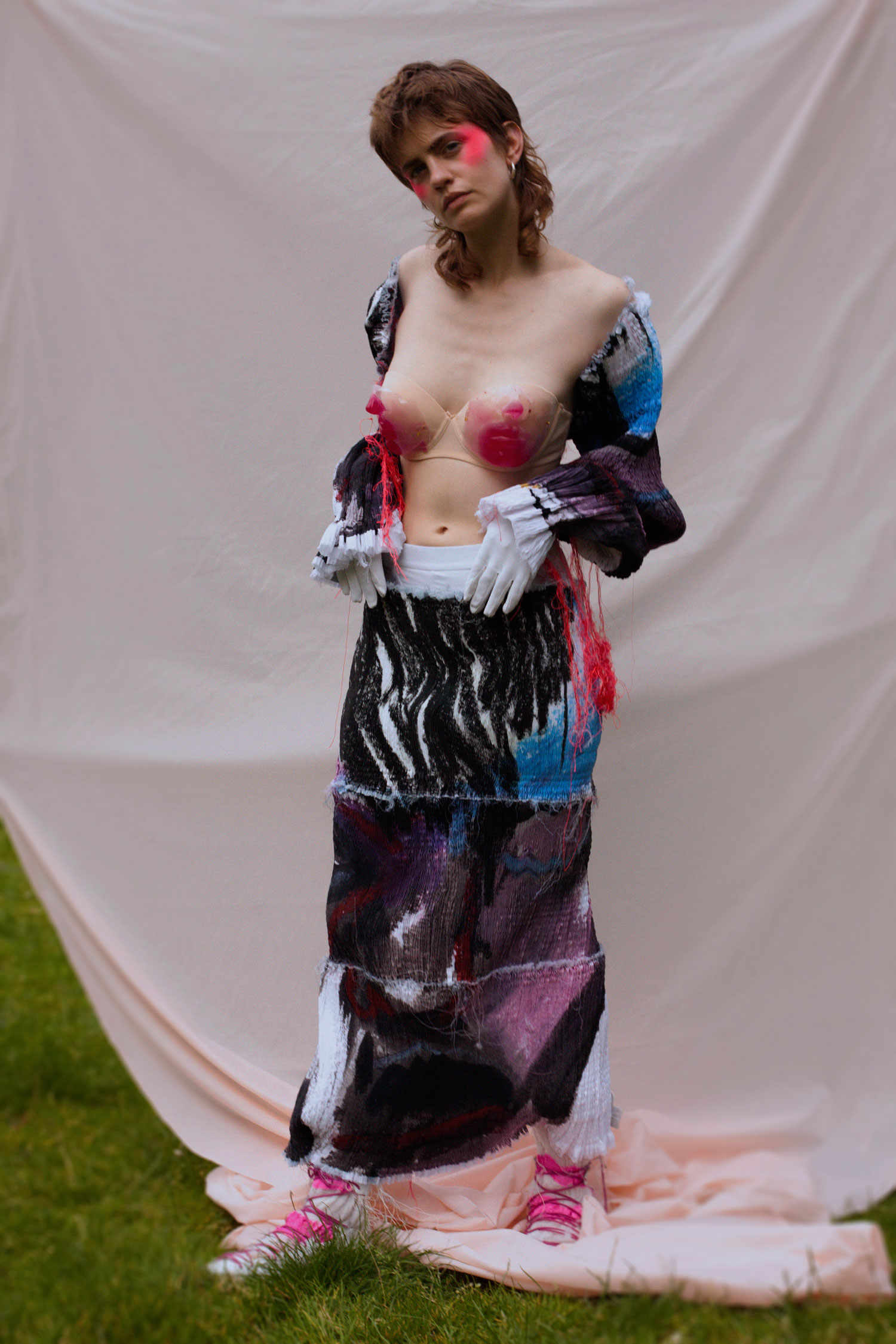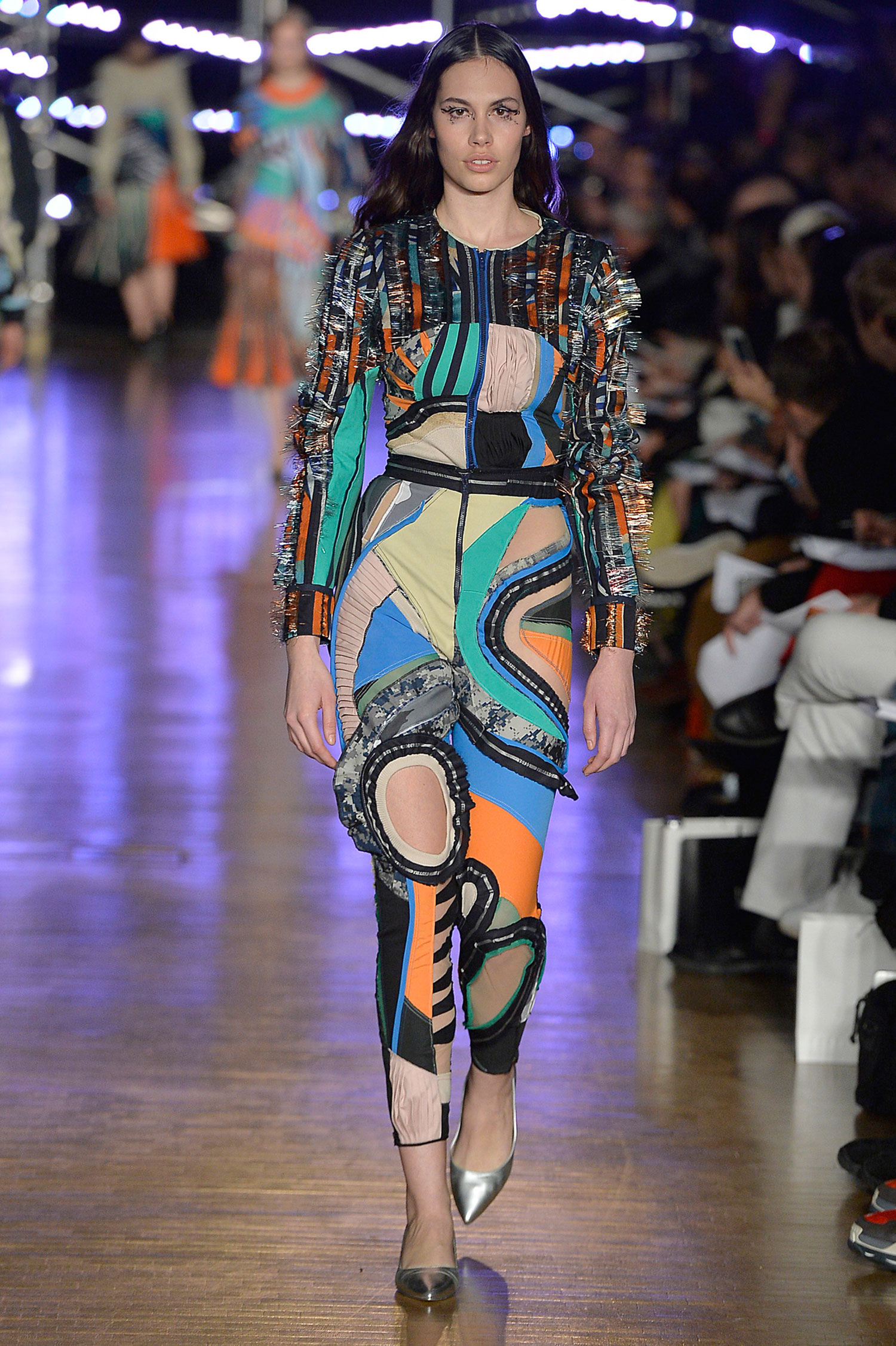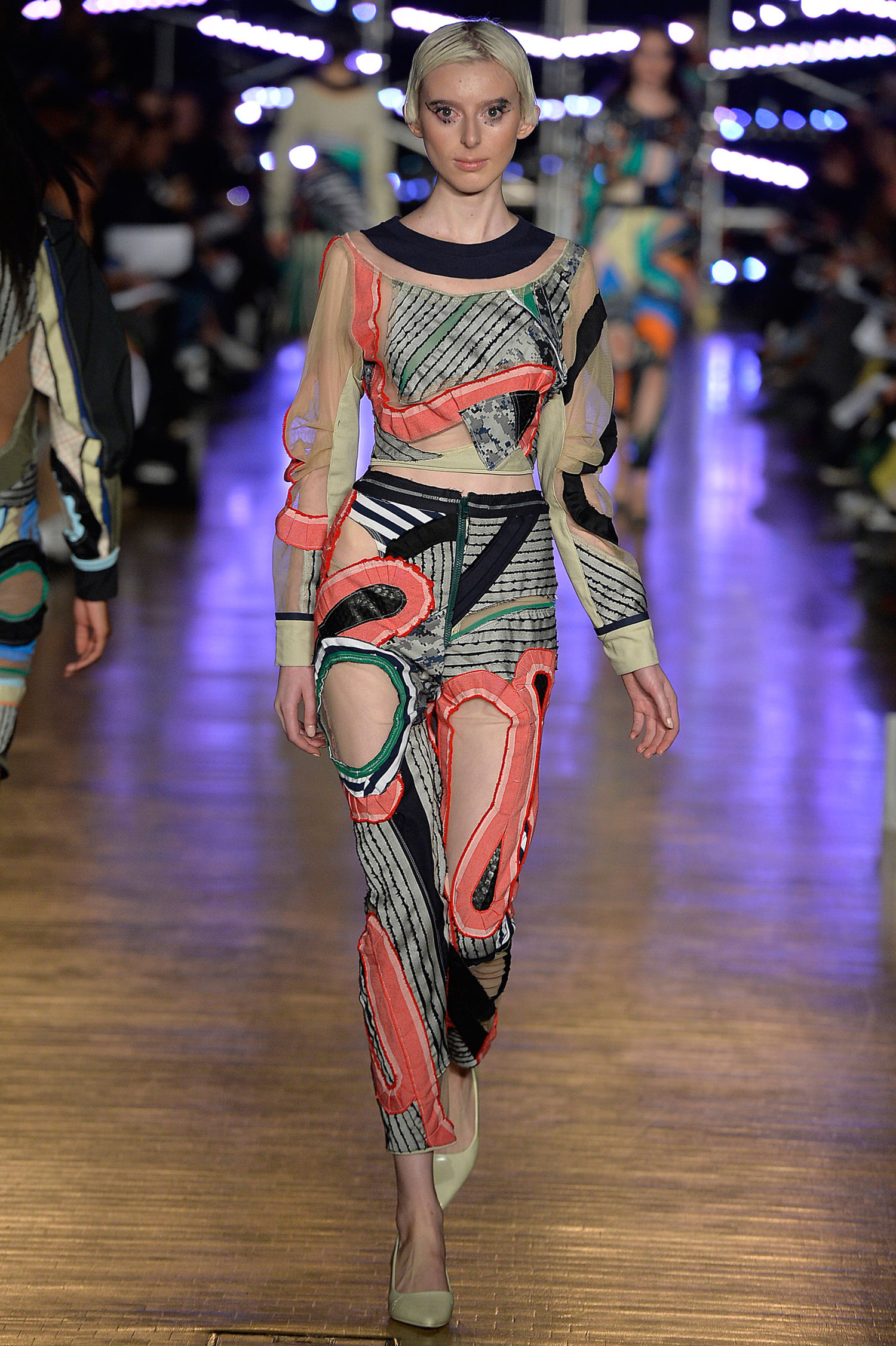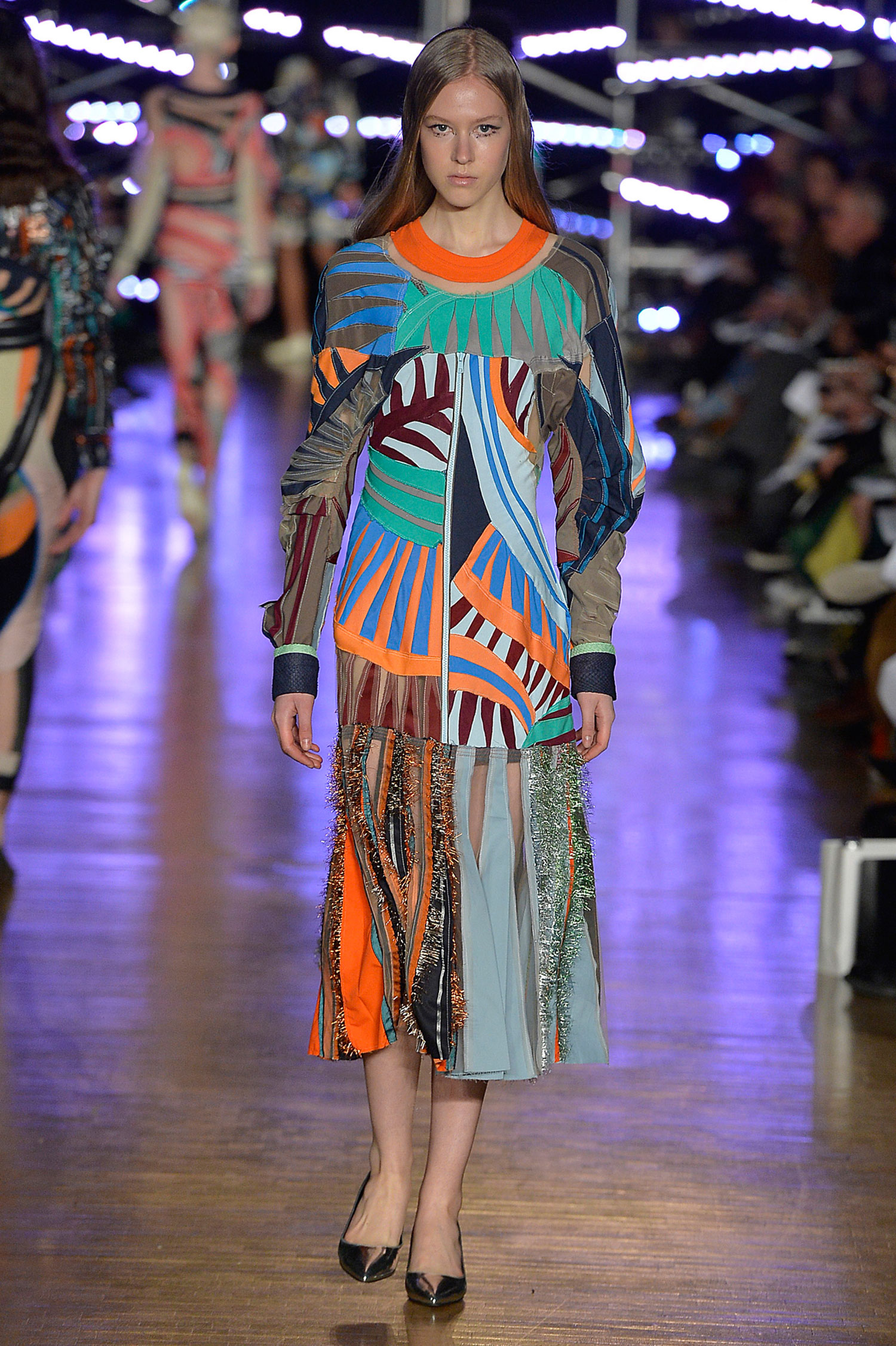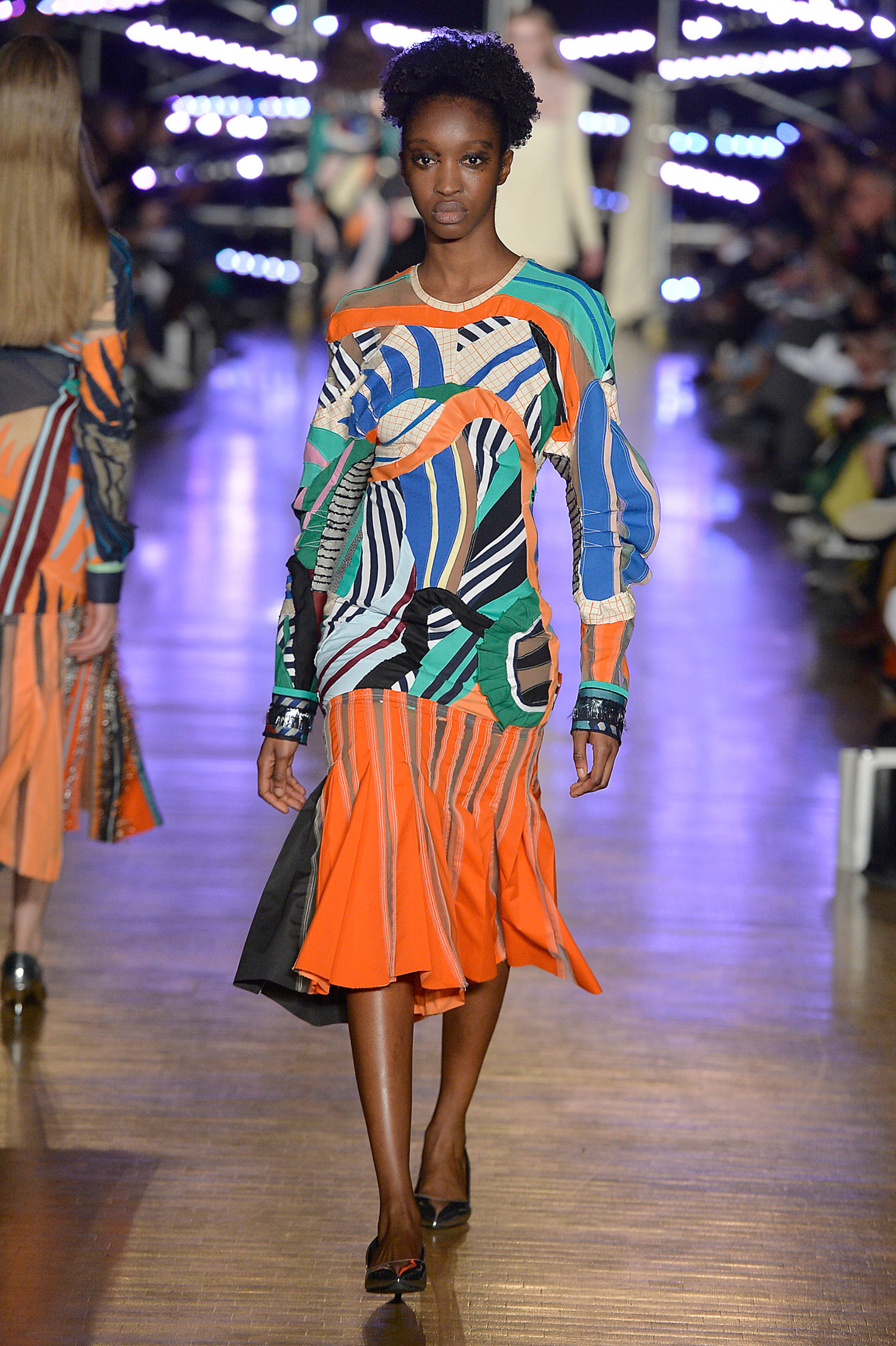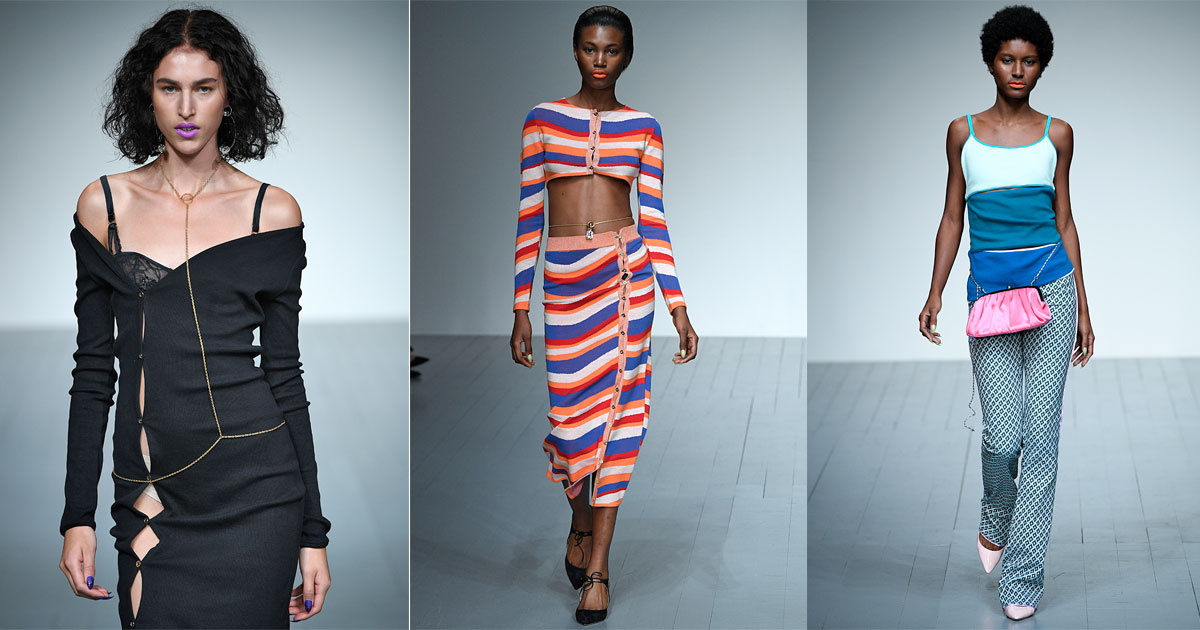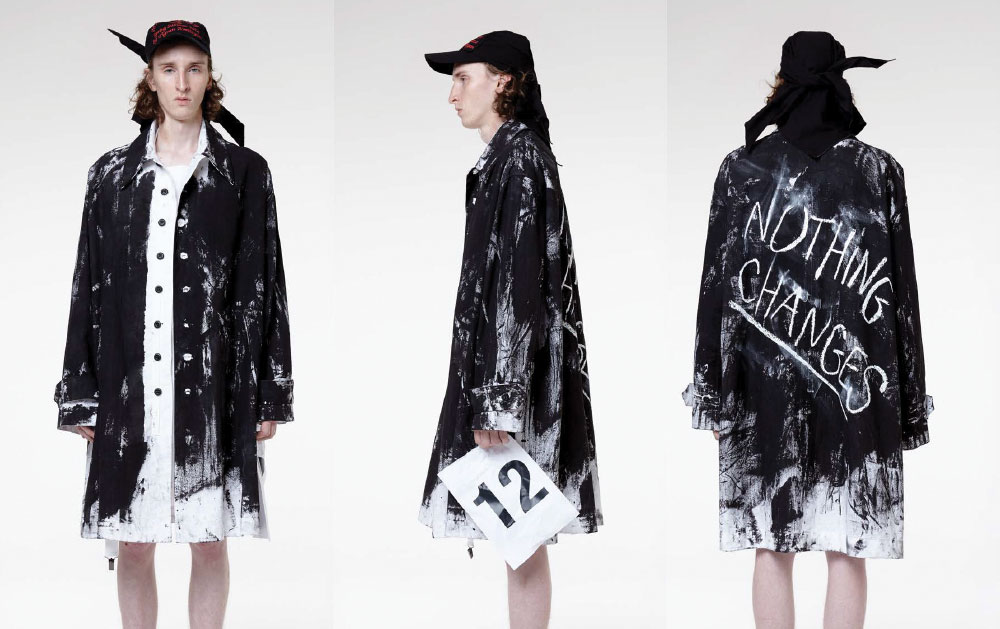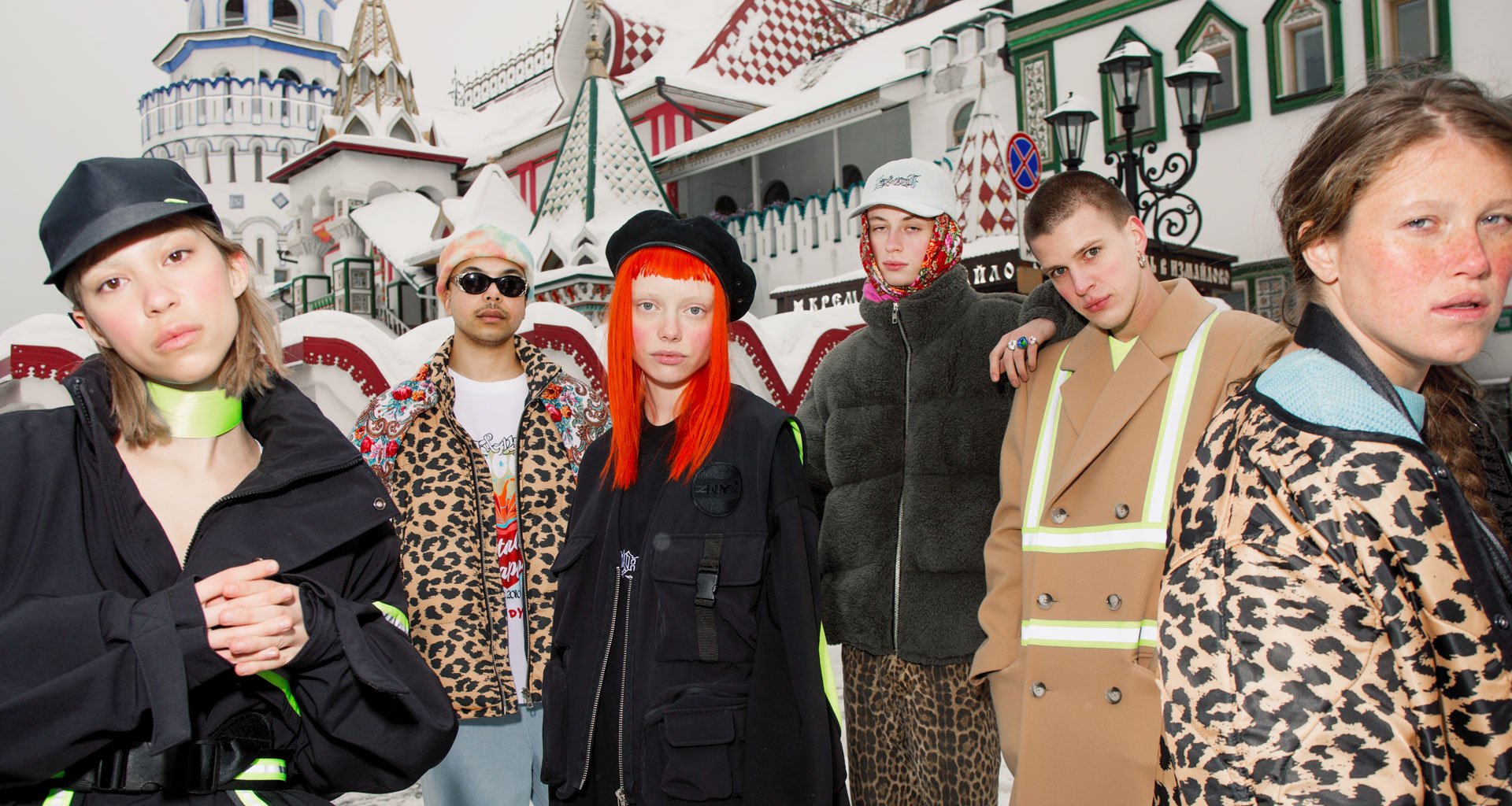London’s emerging fashion talent is from Eastern Europe
Here are three of London’s brightest fashion designers to keep your eye on.
London has a reputation for nurturing the world’s most radical and innovative fashion talent. Education plays a crucial role: the city attracts thousands of students hoping to become the next Phoebe Philo or JW Anderson. Among many prestigious art and design colleges, Central Saint Martins’s fashion department is known the world over as a gateway to the famously competitive industry. While Central Saint Martins students certainly benefit from learning from the best in the industry, there are greater perks to living in London. The city’s openness and multiculturalism encourage debate and cultural exchange that is also valuable for fashion creativity — even more so in times when conservative political powers seem to oppose precisely these values.
In their own words, three emerging designers and Central Saint Martins students from Eastern Europe talked to us about their aesthetic and ambitions, where they are from, and the significance this plays in their work.
Katya Zelentsova
Russian designer Katya Zelentsova describes her creative approach as “outrageously sexy self-care”. Specialising in knitwear, she produces pieces which are comfortable and delicate, but also bold and fierce: they come in saturated colours, dramatic, voluminous shapes, and figure-hugging silhouettes. Zelentsova’s signature designs include dresses with diagonal slits and criss-cross stockings made from knitted lace. It’s all about shameless yet quirky sex appeal.
“Most of my work so far has revolved around questions of identity, belonging, and obscenely short skirts,” Zelentsova explains. “I think it was encapsulated in my graduate collection, an exploration of modern Russian identity based on my own experiences. The idea was clothes that serve as armour in all their overt decorativeness. Like when you get your heart broken and you put on your most ridiculous dress and head for a night out.”
Zelentsova moved to London from Moscow in 2013: with a desire to study fashion, the city seemed like an obvious choice. She graduated with a BA in Fashion Knitwear from Central Saint Martins, and is now continuing with an MA in the same subject.
Since settling into London, Zelentsova has found her Russian heritage to be a source of creative inspiration and emotional comfort. “In moments of distress, whenever I feel vulnerable, I always look for familiar things to comfort me: Russian TV shows I watched as a child, Soviet films, pop stars that were popular when I was a teen. I think it’s a pretty universal thing that people do when they miss home,” she says. “I come from Volgograd in the south of Russia which is very rich in textiles traditions — bobbin lace, hairpin lace, embroidery — and I like to incorporate these in my work.”
Zelentsova delves deeper into Russian culture and mentality, and is interested in how we fit into our surroundings, whether it’s on home turf or abroad. “I have this vague but persistent idea of trying to pin-down ‘Russian eccentricity’,” she says. “We have an idea of what eccentric means in the UK, it’s deeply ingrained in British culture. But I feel like Russians are averse to this because an individual that stands out also disrupts the collective.”
Masha Popova Pacheco
Ukrainian designer Masha Popova is drawn to imperfect beauty. She is interested in craft techniques and pieces made by artisans, but also cites Borys Mikhailov’s photography, and artists Pipilotti Rist and Marlene Dumas as inspirations. In her work, she often recreates familiar garments using unexpected techniques and is committed to “making boring things cool”.
For her BA graduation collection at Central Saint Martins, Popova developed a textile technique from traditional smocking that allowed her to play with shapes and silhouettes without using conventional pattern cutting. The garment moulds and shapes itself on the body, creating a “fabric memory”. This idea came partly from her childhood memories of growing up in post-Soviet Ukraine and wearing clothes which previously belonged to older cousins. “I was fascinated by how badly-fitting clothes, which have associations with hand-me-downs and second-hand wares, could be turned into something something luxurious when recreated with craft techniques,” she says.
Originally from Odessa, Popova got a place on Central Saint Martins’s Fashion Foundation programme in 2013, then specialised in print for her Fashion BA and is now completing her MA. She continues working with experimental craft techniques, like smocking in its unfinished stage and textiles made out of digital embroidery. She also spent a year interning for John Galliano at Maison Margiela.
Popova reveals it took time to truly appreciate the value of her background. “Only after I moved to London did I start appreciating my upbringing. Like many others growing up in Eastern Europe, I didn’t have access to fashion magazines, museums, or even fashion stores. Our perception of fashion is quite different than in the West: it is not about heritage or a particular look but more about energy and attitude.”
Uta Sienkiewicz
Originally from Poland, Uta Sienkiewicz is a truly future-minded designer committed to developing sustainability in fashion. “Wastefulness is a big problem concerning the fashion industry, and more and more designers are starting to realise it,” she says. “My main focus is resourcefulness and upcycling. I made my whole MA collection out of unwanted fabrics, bits and off-cuts from clothing manufacturers and waste. To make an entire collection with that restriction was like solving a puzzle, but I think the solution is always there, it just takes more sampling to get to it!”
Sienkiewicz moved to London in 2017 to study the Fashion MA at Central Saint Martins. She previously received a BA in Fashion Design from the Warsaw Academy of Fine Arts. Her BA graduation collection explored Polish national identity (and the designer’s sadness and anger about the rise of nationalism in the country), and the way it always incorporates numerous influences from East and West.
“I take a lot of inspiration from folk garments from around the world. I love their complexity and decorativeness but also their construction is often very interesting,” Sienkiewicz says. Studying craft technologies and materials from the past and using them to come up with solutions for the future is one of the key elements of her work. Her interest in upcycling is also connected with her memories of Poland.
“My collection was influenced by my family house that I grew up in, which was always full of different kinds of objects that other people wanted to throw away. Being surrounded by second-hand and unwanted possessions for the majority of my life, I developed a certain respect for materials that later influenced my values as a designer,” she explains. “However, I am also a maximalist at heart, so I want my garments to scream ‘EXCESS’ without actually abusing any excessive resources or eco-enemy fabrics along the way. I think that’s what I’m aiming for — making sustainable fashion more fun.”
